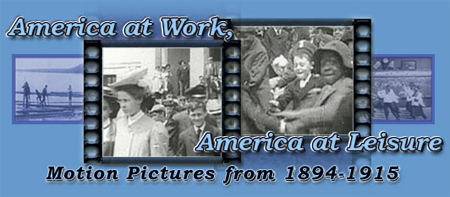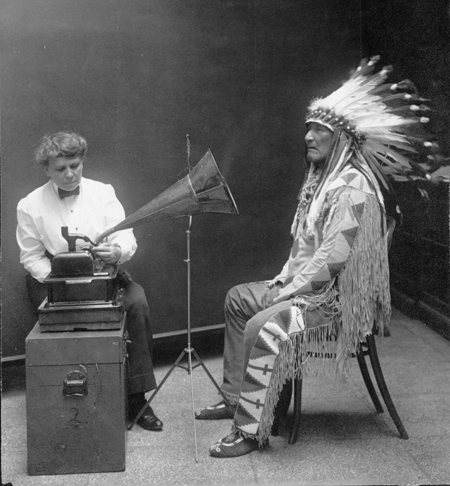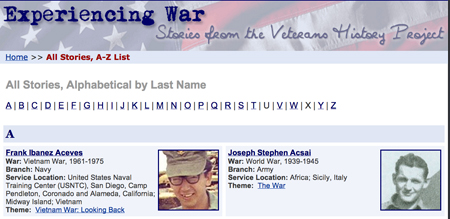Analyzing Primary Sources: Learning from Video Recordings
Video is used to tell stories and provide information. Because we live in a world increasingly dominated by video, it is critical that we teach students how to analyze this powerful primary source that combines moving images with sound and, sometimes, text. In addition to dramatic or documentary films, primary source video recordings include news…



